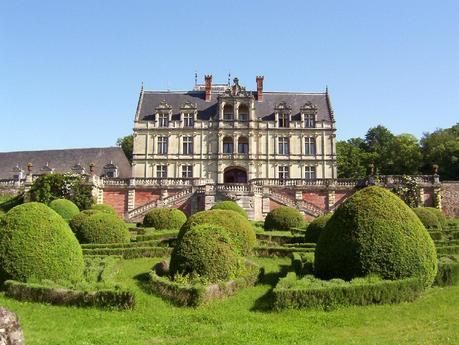
Château de la Bourdaisière is elegantly situated on a 54-hectare estate of combined gardens and mixed woodlots in the famed Loire Valley. Having changed hands many, many times over the centuries, it was lastly bought, in 1991, by the brothers Prince Philippe Maurice and Prince Louis Albert de Broglie.
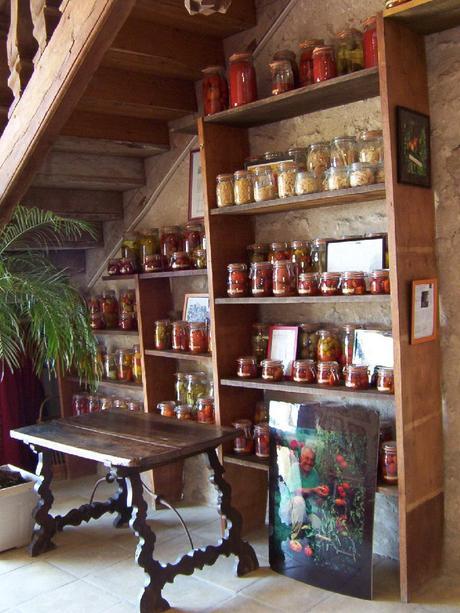
Louis Albert de Broglie, when starting the redevelopment of his family home, came up with the idea of bringing into its gardens ancient vegetables, fruits, herbs and flowers, reminiscent of his garden in Normandy and from a lengthy stay in India.
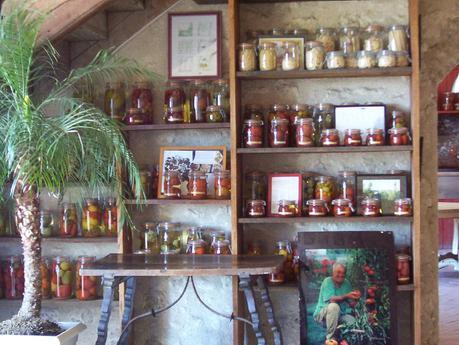
In the middle of the 1990s, the idea of preserving old species was considered very avant garde, but with Louis and his brother fighting for the conservation of ancient species, he worked out an ecologically-friendly concept for the redevelopment of the estate. In addition to preservation, the whole management of the gardens and the castle, including energy, water, materials and waste, follows the principles of sustainability. Talk about being ahead of his time!

Château de la Bourdaisière is as much a retreat for guests wishing to relax, as it is an innovative and forward-thinking establishment providing loads of opportunity for discovery. The third Baron Angelier, who inherited the estate in 1890, built the North-West tower and transformed the inside of the outbuildings into luxurious stables because he was passionate about horses.
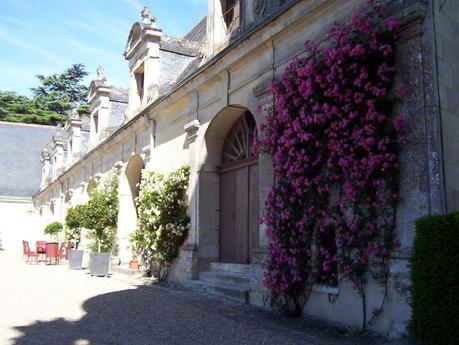
Today, those stables are being utilized as a storeroom and showroom of the rare species of vegetables grown in the chateau’s gardens. The front of the stables face a broad cobblestone courtyard, and when Bob and I visited, billowing boughs of climbing roses adorned the shimmering white stone facade.
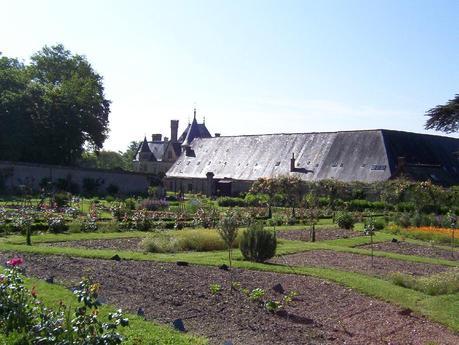
A plethora of aromatic scents, savory tastes and vibrant hues were being cultivated in the big market garden tradition. The vegetables of Bourdaisière are healthy and organic and invite visitors to taste, although we visited too early in the growing season to be able to enjoy the harvest.
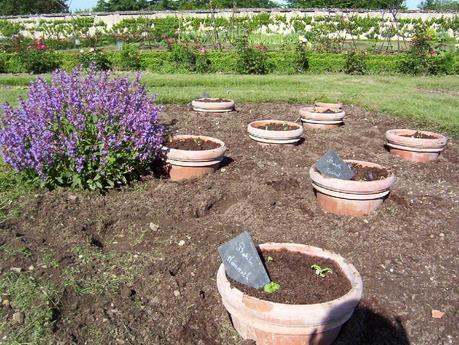
Over an area spanning one hectare, the extraordinary kitchen garden sheltered an exceptional variety of herbs as well as medicinal plants. The vegetable garden is meant to raise people’s awareness for old species, and to encourage them to preserve and plant them in their own gardens.
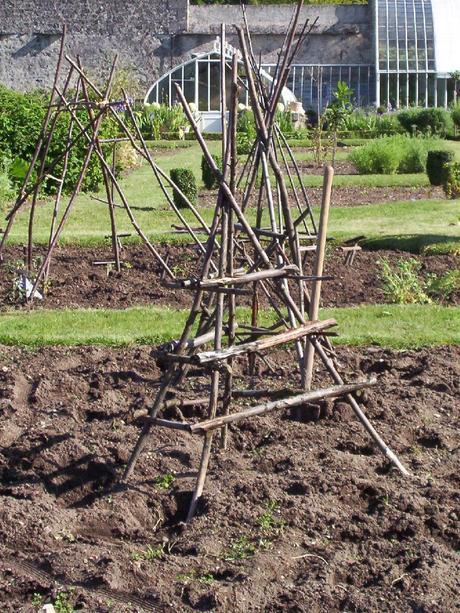
Simple methods were employed throughout the vegetable gardens to support some of the climbing plants.
In this lovely Youtube video, you get a chance to view the gardens when the vegetables and flowers are more mature.
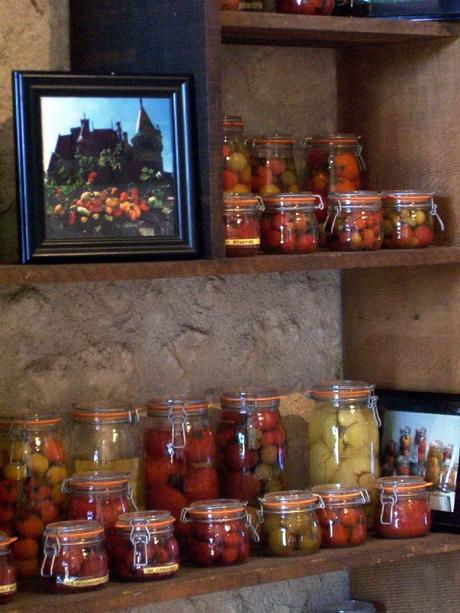
Château de la Bourdaisière cultivates more than 650 tomato varieties, and these are celebrated in an annual festival for all senses, colours, tastes, aromas, and knowledge.
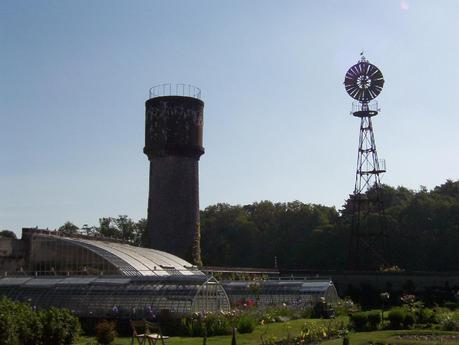
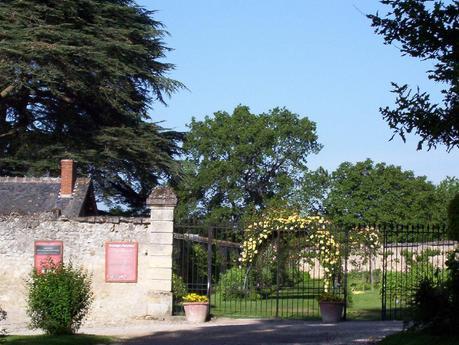
Another section of the castle property featured a luxurious flower garden replete with rose-scented bowers.
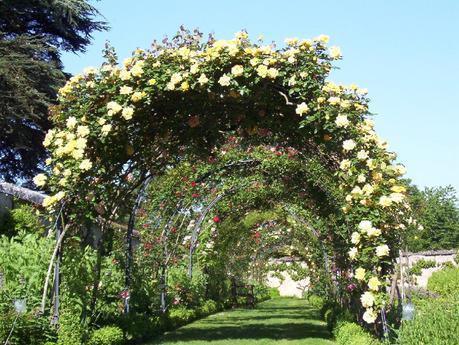
Bob and I dallied beneath the prodigious masses of cascading roses to gulp deep breaths of the gently perfumed spring air. In 2011, the chateau’s gardens were a finalist for the European Garden Award bestowed by the European Garden Heritage Network.
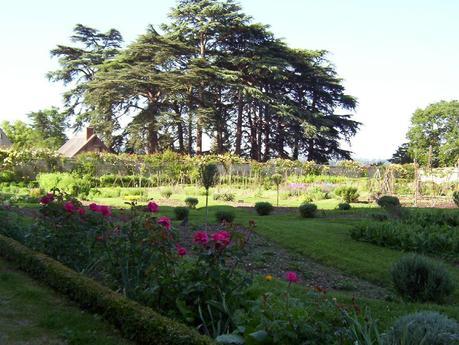
One section of the cultivated area is devoted to a contemporary garden where more than 100 different types of dahlias are planted. They would put on a dramatic show later in the season with their myriad colours and flamboyant blooms.

Back in 1802, when another member of the Angelier family, Baron Joseph Angelier, owned the castle property, he undertook a major renovation program that included transformation of the former gardener’s house into this neogothic chapel in Tudor’s style.

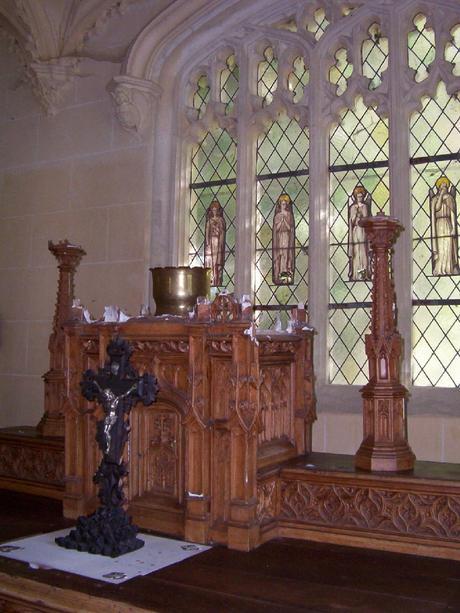
Despite being an early spring day, the sunshine was extremely warm, so Bob and I welcomed the cool and private recesses of the chapel for a moment of quiet reflection.

As the castle passed through the hands of generations, many of the buildings were either reinvented or demolished according to the whims of the new owners. Along with the moats being filled in, and the 3 drawbridges removed, the old medieval donjon (dungeon) was eliminated. Today, terraces built in the XVI century cover the old medieval construction where two mysterious levels of cellars and rooms exist. There is even a hidden well inside the chateau, in front of the elevator, unseen unless you are not a welcome visitor! As well, the tower housing a staircase that led from the terrace to the fosses (water-filled moats), stands stalwart as a reminder of more turbulent times.
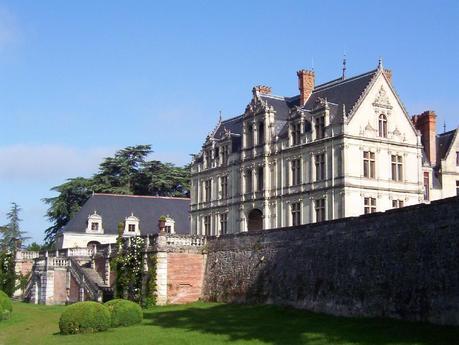
And so our stay at Château de la Bourdaisière finally drew to an end. It was with a heavy heart that we bid our hostess adieu.

Giving one final glance back at our royal abode, Bob and I headed further into the Loire Valley to discover more secrets of the past.
Checkout some of our other postings from France
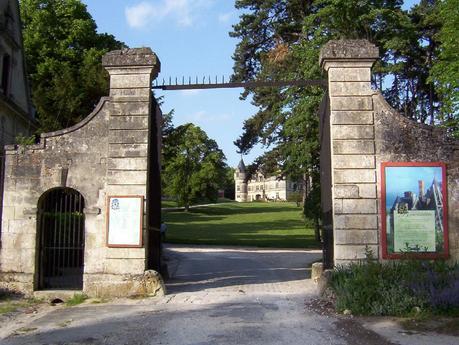
Chateau de la Bourdaisiere – a Magnificent Castle – Loire Valley, France

Photo Essay: Giverny and the Water Pond: Part of Monet’s Legacy
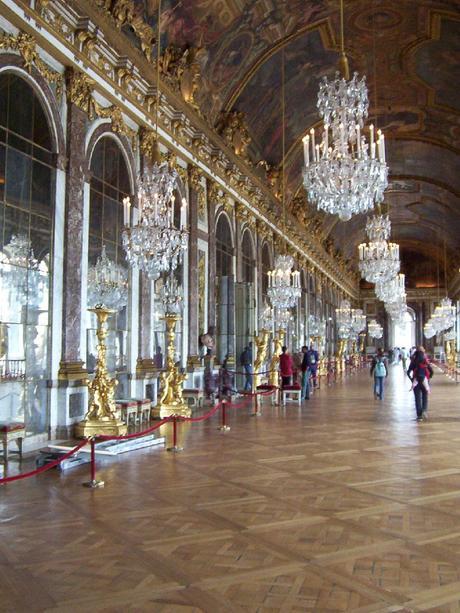
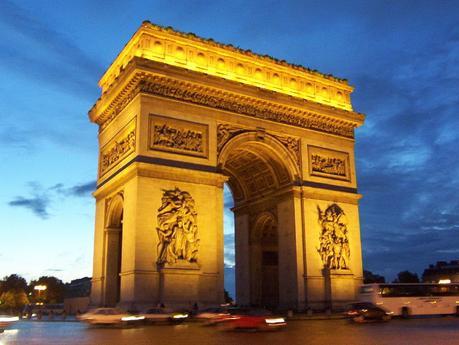
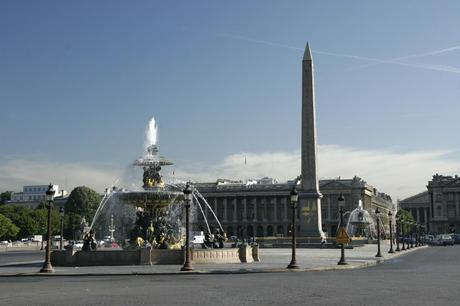
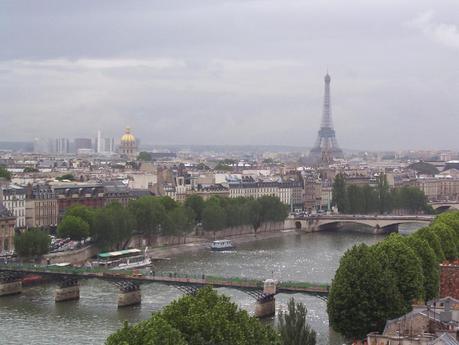
Photo Essay: Paris in the Springtime
Frame To Frame.ca

